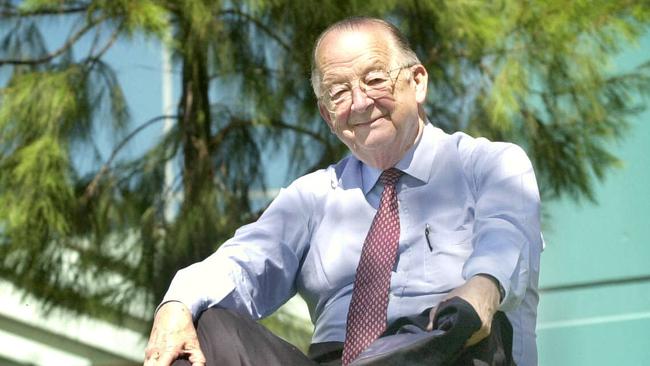2004 Cabinet Papers: Coalition spent $2.2bn on funding for elderly
From a rapidly ageing population to rampant inefficiency, the Howard government faced no shortage of crippling issues in the aged-care industry of 2004.

From a rapidly ageing population to rampant inefficiency that was 17 per cent off best-practice providers, the Howard government faced no shortage of crippling issues in the aged-care industry of 2004.
A review published the year prior by Professor Warren Hogan of the University of Sydney uncovered an aged-care sector in dire need of investment, the then minister for ageing, Julie Bishop, said in newly released national archive documents.
“The review found that the residential aged-care sector … is heavily constrained by regulation … is immature by wider industry standards, is dominated by small providers and by the not-for-profit sector … is relatively inefficient, with best practice providers about 17 per cent more efficient than the average for the sector,” Ms Bishop said.
The findings of the review led to a funding package of $2.2bn over the subsequent five years – a figure Ms Bishop at the time said represented the biggest-ever investment in aged care by a federal government.
“Older Australians can face the future with confidence that if they require support they will be well looked after,” she said.
“They can also rest assured that they will be treated with fairness and respect, regardless of their wealth or location.”
Despite the size of the investment, Professor Hogan’s review also found that it would still likely be insufficient to counter the growing pressures faced by the aged-care industry.
Cabinet historian David Lee summarised: “(Professor Hogan) predicted the labour market would come under pressure over the next decade owing to the inability of providers to secure the approximately $9.2bn required for the industry.”





To join the conversation, please log in. Don't have an account? Register
Join the conversation, you are commenting as Logout